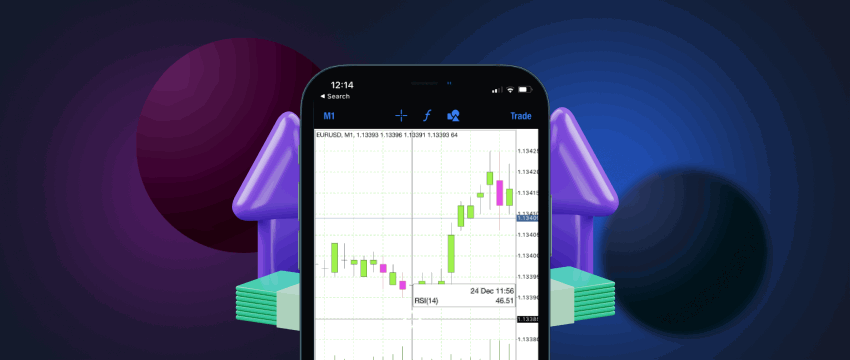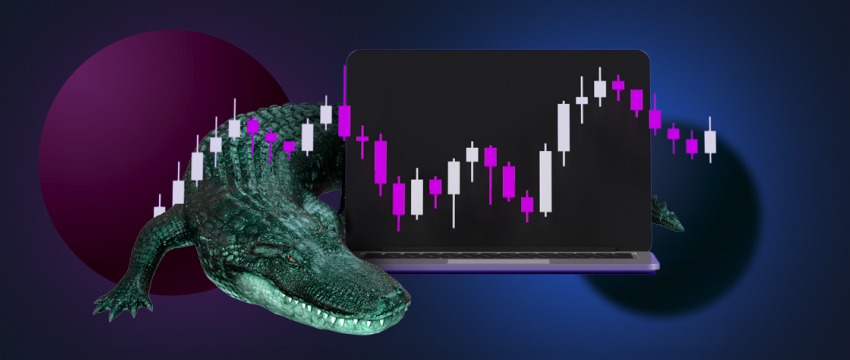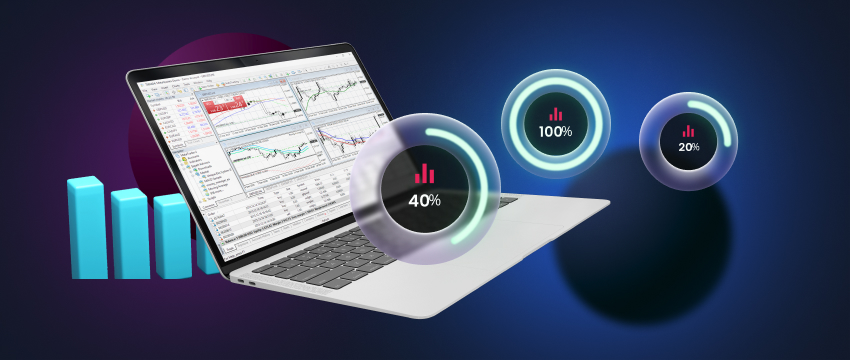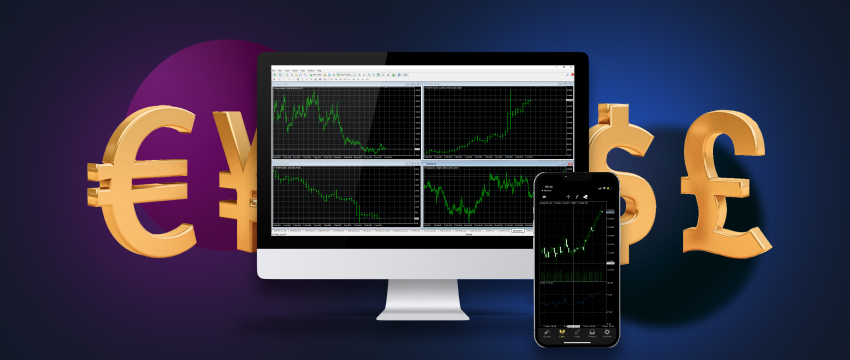Technical indicators are essential tools for traders who use technical analysis to analyse financial markets. They provide a way to quantify market behaviour and identify potential trading opportunities in real time. They consider data such as price and volume, to identify trends and patterns that can be used to make trading decisions. By understanding the strengths and weaknesses of 技術指標, traders can use them effectively to improve their trading results.
MetaTrader 4 and technical indicators
MetaTrader 4 (MT4), a leading online trading platform built by MetaQuotes Software in 2005, offers advanced charting capabilities, various technical analysis tools, and a range of indicators that allow traders to develop and execute their trading strategies. This includes more than 30 built-in indicators, 2000 free custom indicators and 700 paid ones.
Almost everything you need for forex trading
The MetaTrader 4 platform is widely used by millions of traders worldwide It is a powerful and versatile 交易平台 that offers a range of features and capabilities to help traders succeed in the forex market. It is also known for its user-friendly interface and flexibility. This makes MT4 a preferred choice for both beginner and experienced traders.

Technical indicators used in Forex trading
Traders make use of several types of technical indicators to analyse market data and predict future price trends. In our last article, we took a closer look at popular trend following and momentum indicators. In this series 2 article, we’ll examine further 5 technical indicators used by global traders.
Accumulation/Distribution technical indicator
The Accumulation/Distribution technical indicator measures the supply and demand of a financial instrument by considering where the price closed in a specific period and multiplying that by volume. Typically, a rising A/D line suggests a rising price trend, whereas a falling A/D line indicates a price downtrend.
The A/D line helps to show how supply and demand factors are impacting price. A/D can move in the same or opposite direction as price changes.
Alligator Technical Indicator
The Alligator Technical Indicator is a trend-following indicator developed by Bill Williams. It is based on the premise that the financial markets only follow a trend of just 15% to 3% of the time. It uses three moving averages, set at 18, 8 and 5 periods (Fibonacci numbers), and is designed to help traders identify the direction and strength of a trend.
The three moving averages used in the Alligator Indicator comprise:
- The Jaw: A 13-period Simple Moving Average (SMA), which is shifted 8 bars into the future.
- The Teeth: An 8-period SMA, shifted 5 bars into the future.
- The Lips: A 5-period SMA, shifted 3 bars into the future.
When the Alligator Indicator is plotted on a price chart, the three moving averages appear as a series of overlapping lines.
In a trending market, these lines will be diverging, with the Jawline (blue line) at the bottom, followed by the Teeth (red line), and then the Lips (green line) at the top. In contrast, in a market downtrend, the lines will be converging, with the Lips at the bottom, followed by the Teeth, and then the Jaw at the top.

Average Directional Movement Index (ADX)
The Average Directional Movement Index (ADX) is a technical indicator used to measure the strength of a trend in a financial market. Developed by J. Welles Wilder, the ADX is used in several markets in conjunction with the Directional Movement Index (DMI).
The ADX ranges from 0 to 100, with readings above 25 indicating a strong trend and readings below 20 indicating a weak trend. Readings between 20 and 25 indicate that the trend is gaining strength, while readings above 50 indicate an extremely strong trend.
Traders use the ADX to establish whether a market is trending or ranging and to determine the strength of a trend. When the ADX is rising, it suggests that the trend is gaining strength, while a falling ADX suggests that the trend is weakening.
Average True Range technical indicator
Average True Range (ATR) is a technical analysis indicator that measures volatility in the market. It was created by J. Welles Wilder Jr. and introduced for the first time in his book “New Concepts in Technical Trading Systems.”
ATR is calculated by taking the average of the True Range (TR) over a particular period. True Range is defined as the largest of the following three values:
- The difference between the current high and the current low.
- The absolute value of the difference between the previous close and the current high.
- The absolute value of the difference between the previous close and the current low.
The resulting ATR value is a measure of the moving average of the true ranges over a specified period (usually 14 days). Traders often use ATR to measure market volatility more accurately before taking a decision to enter or exit trades.
ATR can also be used to compare the volatility of different financial instruments or markets. Higher ATR values indicate higher volatility, while lower ATR values suggest lower volatility.

Awesome Oscillator technical indicator
The Awesome Oscillator is a technical analysis indicator that is used to measure market momentum. It was developed by Bill Williams and is based on the difference between a 34-period and a 5-period Simple Moving Average (SMA) of the price’s midpoints. In other words, the awesome oscillator compares recent market movements to historical market movements.
The Awesome Oscillator is typically displayed as a histogram, with bars that are either green or red. When the bars are green, it indicates that the market momentum is increasing, and when the bars are red, it indicates that the momentum is decreasing. The height of the bars also reflects the strength of the momentum.
Traders use the Awesome Oscillator to identify potential buy or sell signals. It can also be used for different types of assets. However, there are some limitations in using this technical indicator in that depending on the strategy, it can provide false signals. Therefore, traders typically use the Awesome Oscillator in conjunction with other technical analysis tools to confirm their trading decisions.
Trading with T4Trade
T4Trade is a powerful global broker that is widely recognised for its expertise in trading and high-quality customer support. T4Trade’s MT4 platform offers almost all the trading tools needed to become a more strategic trader. The T4Trade Academy is comprised of innovative webinars, videos-on-demand, and podcasts, delivering useful trading tips and market insights to boost your knowledge. Informative blogs and FAQ pages further enhance the learning experience.
Disclaimer: This material is for general informational & educational purposes only and should not be considered investment advice or an investment recommendation. T4Trade is not responsible for any data provided by third parties referenced or hyperlinked, in this communication.




